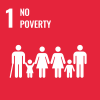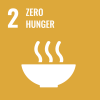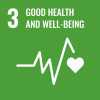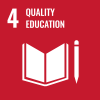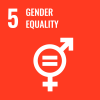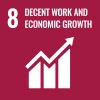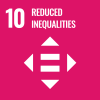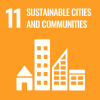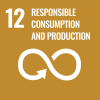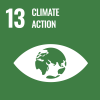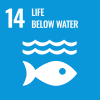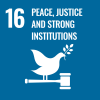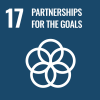A fast-changing climate, conflict, inequality, persistent pockets of poverty and hunger and rapid urbanization are challenging countries’ efforts to achieve the Sustainable Development Goals (SDGs), according to the UN’s latest SDG progress report.
The Sustainable Development Goals Report 2018 found that conflict and climate change were major contributing factors leading to growing numbers of people facing hunger and forced displacement, as well as curtailing progress towards universal access to basic water and sanitation services.
For the first time in more than a decade, there were approximately 38 million more hungry people in the world, rising from 777 million in 2015 to 815 million in 2016. According to the report, conflict wasone of the main drivers of food insecurity in 18 countries. In 2017, the world experienced the costliest North Atlantic hurricane season on record, driving the global economic losses attributed to the disasters to over $300 billion.
At the same time, the Report found that more people were leading better lives than they were just a decade ago. The proportion of the world’s workers living with their families on less than $1.90 per person a day declined significantly over the past two decades, falling from 26.9 per cent in 2000 to 9.2 per cent in 2017.
The under-five mortality rate dropped by almost 50 per cent and in the least developed countries, the proportion of population with access to electricity more than doubled between 2000 and 2016. However, in 2015, 2.3 billion people still lacked even a basic level of sanitation service and 892 million people continued to practice open defecation. In 2016, there were 216 million cases of malaria compared to 210 million cases in 2013 and close to 4 billion people were left without social protection in 2016.
Other findings of the Report include:
- Rates of child marriage continued to decline around the world. In Southern Asia, a girl’s risk of marrying in childhood dropped by over 40 per cent between 2000 and 2017.
- Nine out of 10 people living in cities breathed polluted air.
- In 2016, the absolute number of people living without electricity dropped below the symbolic threshold of one billion.
- Land degradation threatened the livelihoods of over one billion people.
- The SDG Report presents an overview of progress toward achieving the Goals, which were unanimously adopted by countries in 2015. UN Under-Secretary-General for Economic and Social Affairs Liu Zhenmin said “Transitioning towards more sustainable and resilient societies also requires an integrated approach that recognizes that these challenges—and their solutions—are interrelated.” As the global community moves forward to achieve the SDGs and address existing challenges, reliable, timely, accessible and disaggregated data is critically needed. This requires technology and innovation, increased resources and political commitment to build strong data and statistical systems in all countries.
 Welcome to the United Nations
Welcome to the United Nations
